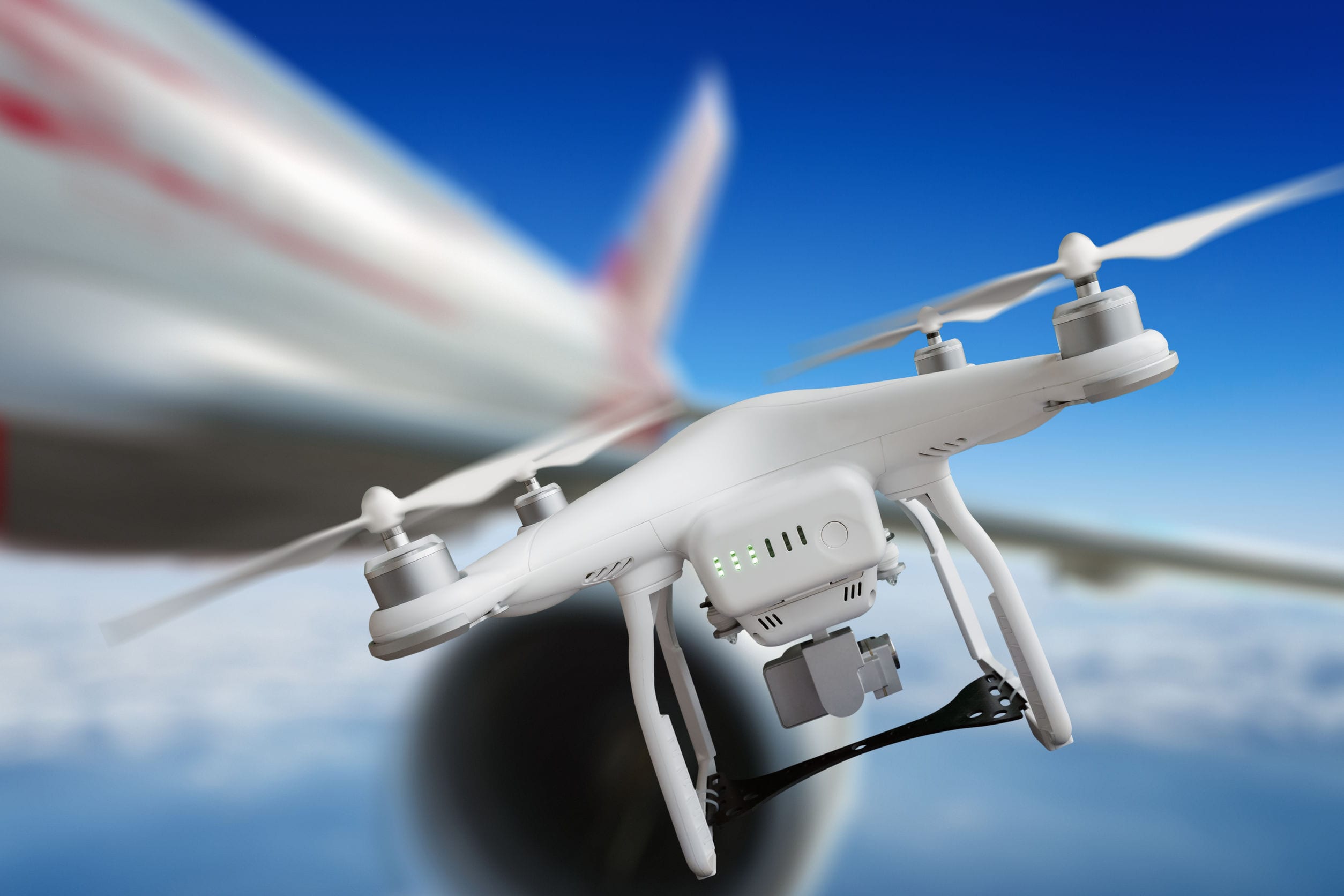News
FAA Says No to Airports Using DIY Drone Countermeasures
Rogue drone sightings have become a bane for authorities the world over. In response to reports from the FAA about the hold up of 43 flights into New Jersey’s Newark Liberty International Airport due to an unidentifiable drone sighting Congress granted the Justice and Homeland Security department authority to disable and destroy drones last year.
However, a letter from the Federal Aviation Administration (FAA) to U.S. airports released on Wednesday prohibits installation of drone countermeasures without federal consent, warning they could pose an aviation safety risk by interfering with aircraft navigation and air navigation services.
The FAA said only federal agencies with explicit authority should install systems designed to detect and potentially destroy drones and that that the law did not ‘provide authority to deploy and use (drone countermeasures) as a standing asset to protect airports.’ The agency added: “There are many related efforts that are under way that will make it easier to identify drone operators.”
Congress tasked the FAA in 2016 with issuing regulations or guidance by July 2018 that could permit the public, the FAA, law enforcement and others to remotely track and identify drones and their operators during flight. FAA told a Senate panel on Wednesday it would publish the rule by July.
The Association for Unmanned Vehicles Systems International and Airports Council International-North America launched a task force to address drone at airports and at “landmarks, stadiums, prisons and military bases” last week. Kevin Burke, president and chief executive of the airport group, said earlier, “We have found ourselves in a new situation with no clear playbook.” The task force includes former FAA Administrator Michael Huerta; Deborah Flint, CEO of Los Angeles World Airports; NFL Senior Vice President of Security Cathy Lanier and former Transportation Security Administration chief John Pistole.
Main points of the letter state that:
- FAA currently does not support the usage of C-UAS systems, which include active interdiction capabilities, by any entities other than the federal departments with explicit statutory authority to use this technology.
- Entities seeking to evaluate or deploy UAS detection systems should be aware the evaluation or deployment of such systems, even systems that are marketed as passive detection systems, may implicate provisions of law (such as title 18 of the United States Code) on which the FAA cannot authoritatively opine.
- The FAA cannot confirm the legality of any UAS detection system.
- Entities proposing construction or alteration of existing structures in the vicinity of an airport must file notice with the FAA which will then conduct an aeronautical study of the potential for the height of a proposed structure and any electromagnetic broadcast signals that create a hazard to air navigation, including interference with aircraft and navigational aids.
The FAA is currently compiling a checklist of planning factors to consider and key contacts at its national headquarters, with which airport authorities can work in support of their common goal of safety in the NAS.




















